Traditional Ingredients in Modern Cooking
10 min read Exploring how Solomon Islands' traditional ingredients inspire innovative dishes in contemporary cuisine. June 18, 2025 09:05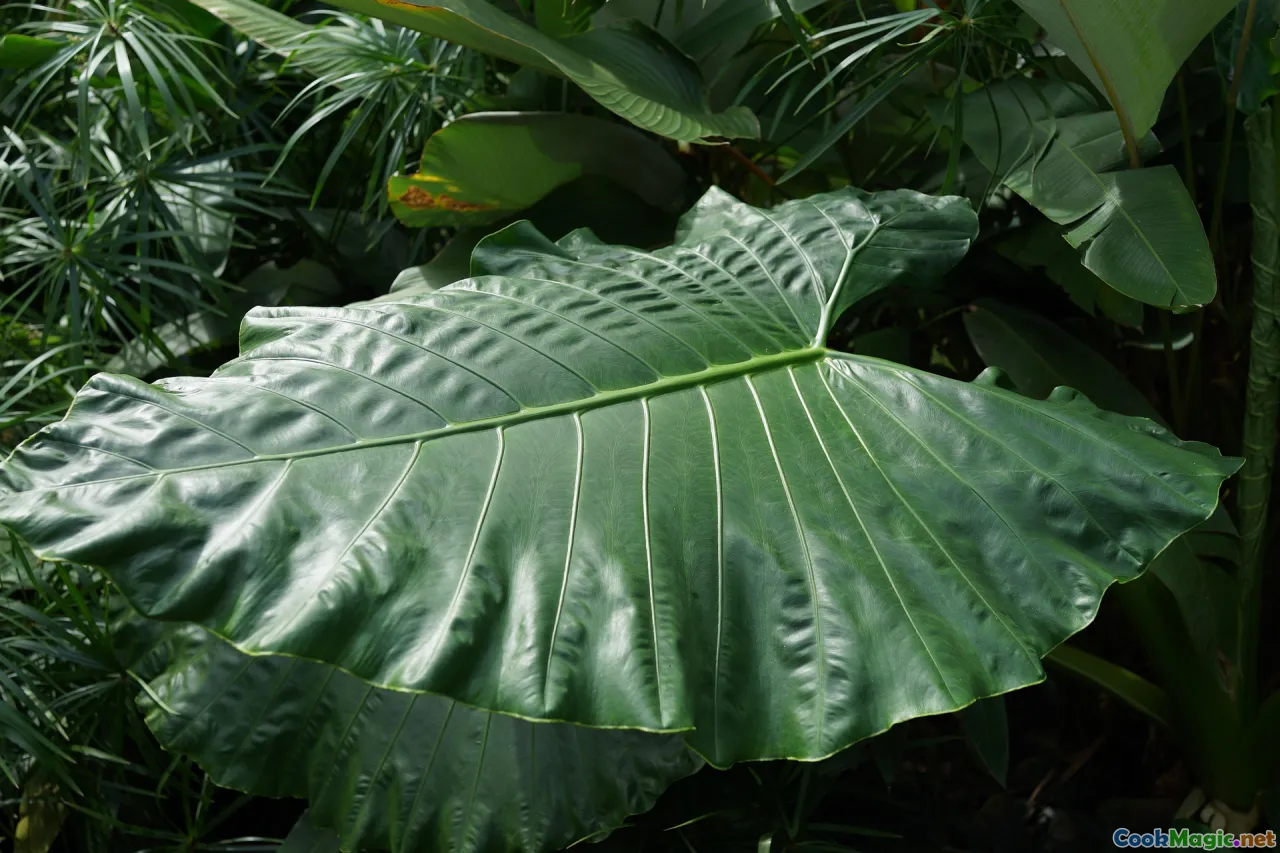
Embracing the Past in Modern Pineapple Dishes: The Rich Tapestry of Solomon Islands Cuisine
In the shimmering waters of the Solomon Islands, where turquoise waves kiss sandy atolls and lush rainforest hills climb skyward, a culinary tradition thrives—deeply rooted in ancient ingredients that continue to flavor contemporary plates. As a culinary enthusiast, I’ve often marveled at how these islands honor their cultural heritage by turning age-old ingredients into modern marvels, resulting in dishes that are both familiar and refreshingly unique.
Today, we’ll delve into the heart of Solomon Islands cuisine—where traditional ingredients like taro, coconut, pandanus, and wild herbs are not just preserved but masterfully woven into modern cooking techniques. This culinary journey will highlight specific dishes, their historical significance, sensory delights, and practical tips for incorporating these ingredients into your contemporary repertoire.
The Living Heritage of Taro and Sweet Potatoes
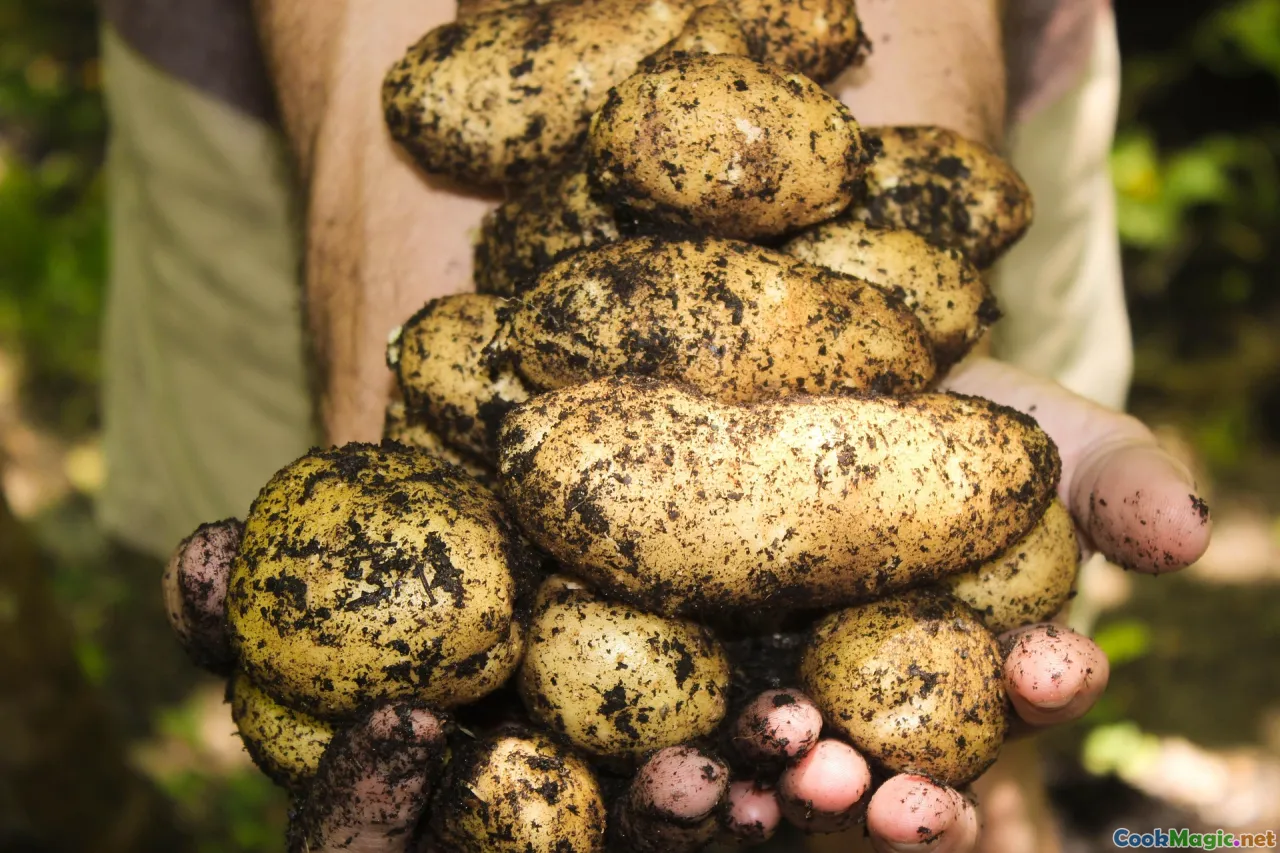
Taro and sweet potatoes are the unsung heroes of Solomon Islands traditional diets. Historically cultivated for thousands of years, these starchy treasures form the foundation of many staples. Their earthy aroma, when cooked, releases a sweet, nutty fragrance that wafts through villages, tempting passersby.
In modern kitchens, chefs and home cooks alike are reimagining taro—transforming it into smoothies, fritters, or delicate tempura batter—where it imparts a subtle sweetness and velvety texture. Sweet potatoes, often roasted in banana leaves over open fires or baked till perfectly caramelized, now find their way into salads, griddled patties, or even desserts infused with local spices. Historical Insight: Traditional cooking often involved underground earth ovens (umu), slow-cooking taro and sweet potatoes for hours. Today, utilizing modern ovens or outdoor grills, we can replicate that smoky earthy flavor in a way accessible to global kitchens.Personal Touch: I recall tasting roasted taro slices drizzled with tangy lime juice and a hint of chili—simple yet bursting with earthy, smoky, and citrus notes. It exemplifies how humility and tradition can elevate simple ingredients into sensory experiences.
Heavenly Coconuts: Cracking Open a Tropics Treasure
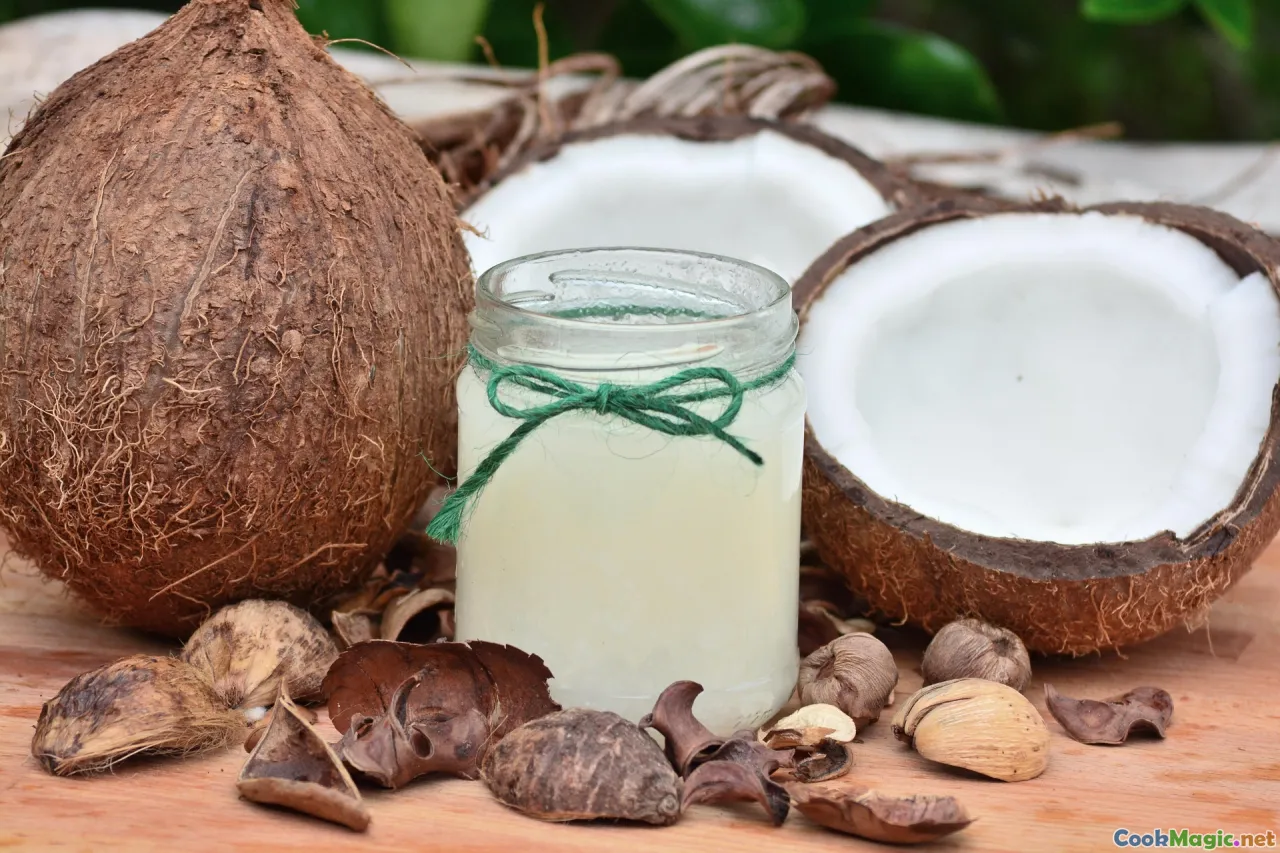
Coconuts, the green-gold of the Pacific, are more than just a drink; they are a way of life. From the creamy, rich coconut milk that enhances curries to the soft, white flesh served fresh or dried, coconuts are essential ingredients that evoke sensory nostalgia.
Modern chefs utilize coconut in various ways—blending it into smoothies, infusing it into baked goods, or creating decadent desserts like coconut panna cotta or sticky rice with coconut cream. The aroma alone—sweet, floral, and inviting—transports one straight to sun-drenched beaches. Tradition meets innovation: In Solomon Islands, a traditional method involves cracking still-young green coconuts open with a sharp implement and drinking the cool water straight. Modern adaptations include coconut latte art or incorporating coconut water into electrolyte drinks for a nutritious boost.Personal insight: A memorable dish I tasted involved slow-cooked chicken simmered in coconut milk with local spices, making the meat tender, rich, and infused with fragrant tropical notes—showcasing how traditional ingredients like coconut elevate contemporary comfort foods.
Pandanus and Wild Herbs: Aromatic Guardians of Flavor
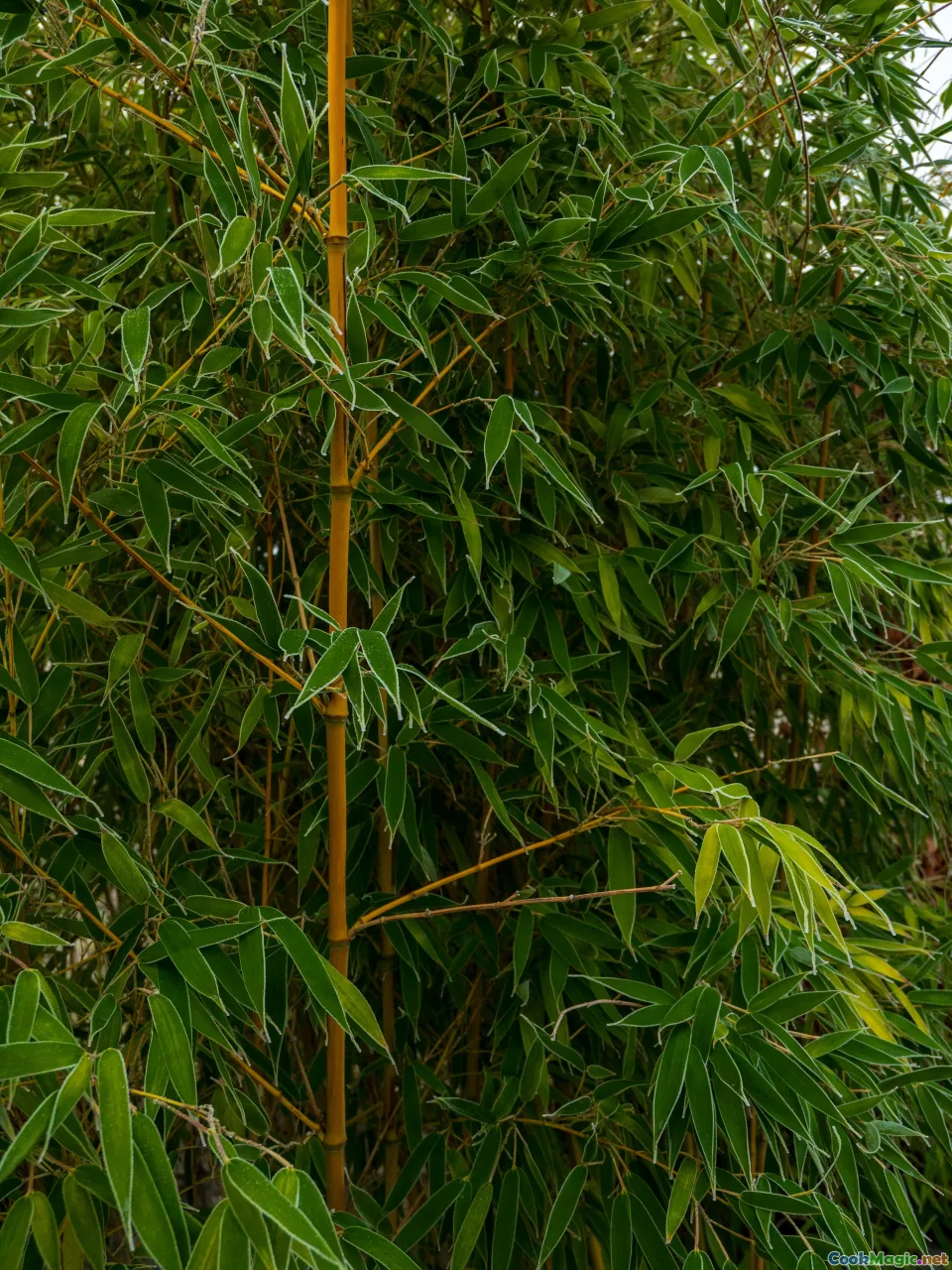
Pandanus leaves are the fragrance carriers of the Solomon Islands—long, blade-like leaves boasting a sweet, floral scent reminiscent of vanilla and jasmine. They are often used to wrap rice, seafood, or vegetables before steaming, imparting a subtle aroma that deepens the dish.
In modern cuisine, pandanus extract and leaves are used to flavor cakes, custards, and drinks, adding a tropical complexity. Wild herbs, including basil, mint, and local bush greens, are harvested freshly, used in salads or as garnishes, providing vibrant flavors and aromas. Storytelling: I vividly remember a coastal village where women collected pandanus leaves at dawn and wove them into fragrant wraps for freshly caught fish. Placed over hot stones in an underground pit, this method created succulent, aromatic dishes with layers of flavor—proof that nature’s bounty remains intimately tied to cultural identity.How-to tip: Start experimenting by wrapping fish with pandanus leaves and baking or grilling—it’s an effortless way to infuse a distinctly tropical aroma into your dishes.
Fish and Seafood: Celebrating Ocean’s Bounty
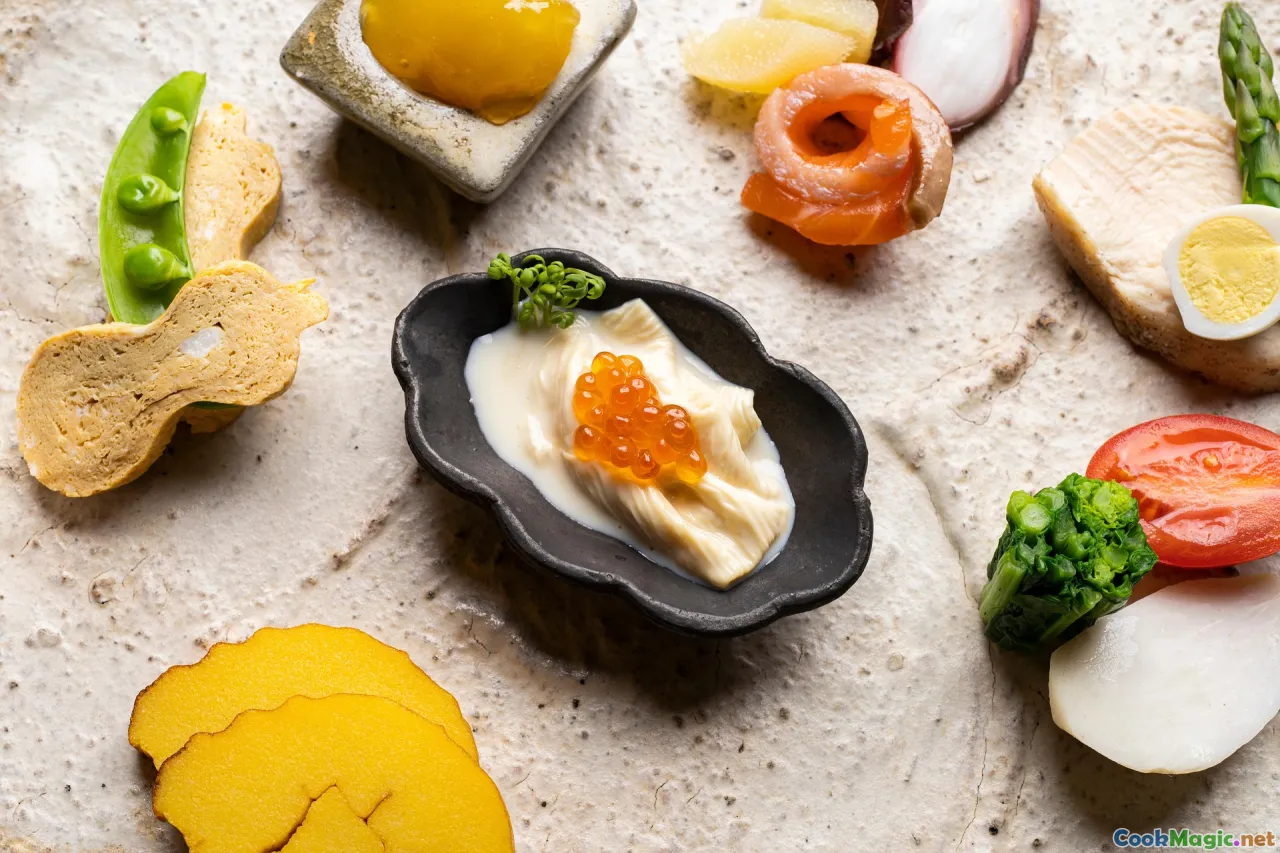
Given the Solomon Islands’ archipelagic geography, seafood is central to its culinary identity. Traditional methods involve grilling freshly caught reef fish over open flames, often seasoned with wild herbs, lime, and coconut milk.
In modern interpretations, chefs create ceviches with lime juice, incorporate seafood in pasta dishes, or craft delicate sashimi-like preparations to honor this rich tradition.
Personal insight: I recall a sunset feast where marinated fish was cooked on banana leaves, wrapped tightly and buried in hot stones—a simple yet deeply flavorful technique that connects tradition with sustainability.
Incorporating Traditional Ingredients into Modern Dishes
How to Build Fusion Without Losing Authenticity
The key is to respect the ingredients' natural flavors while exploring innovative pairings. Here are practical tips:
- Start simple: Incorporate shredded coconut into smoothies or granola.
- Experiment with textures: Use taro or sweet potatoes as a base for tartes, croquettes, or as a creamy element in soups.
- Infuse aromatics: Wrap fish in pandanus leaves before grilling or steaming.
- Balance flavors: The natural sweetness of taro and coconut pairs beautifully with fiery chili or tangy lime.
- Use traditional cooking techniques: Embrace the earth oven method—retaining smoky aroma even with modern appliances.
Showcasing Solomon Islands dishes in your kitchen
Create a ‘Solomon Islands-inspired’ menu with dishes like:
- Coconut and banana leaf steamed fish
- Taro root fritters with spicy dipping sauce
- Sweet potato salad with wild herbs and lime
- Pandanus-infused rice bowls with fresh seafood
Serve with a side of coconut-infused tropical cocktails or locally brewed kava tea to complete the experience.
Celebrating Culture Through Cuisine
The enduring appeal of Solomon Islands classic ingredients lies in their ability to connect past and present, tradition and innovation. Cooking with these ingredients is more than a culinary exercise; it’s a testament to resilience, reverence, and cultural identity.
Every time I indulge in these vibrant, authentic flavors, I’m reminded of the stories whispered by crackling fires, the zest of fresh herbs, and the nurturing spirit of the islands. By honoring these traditional ingredients in modern cuisine, we participate in a living heritage—preserving history one delicious bite at a time.
So, whether you’re a home cook, professional chef, or culinary wanderer, let the flavors of Solomon Islands inspire your next culinary adventure—embrace the past, innovate with purpose, and savor the rich tapestry of Pacific traditions.
Taste the history. Savor the future.









